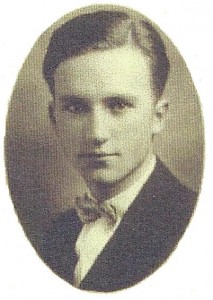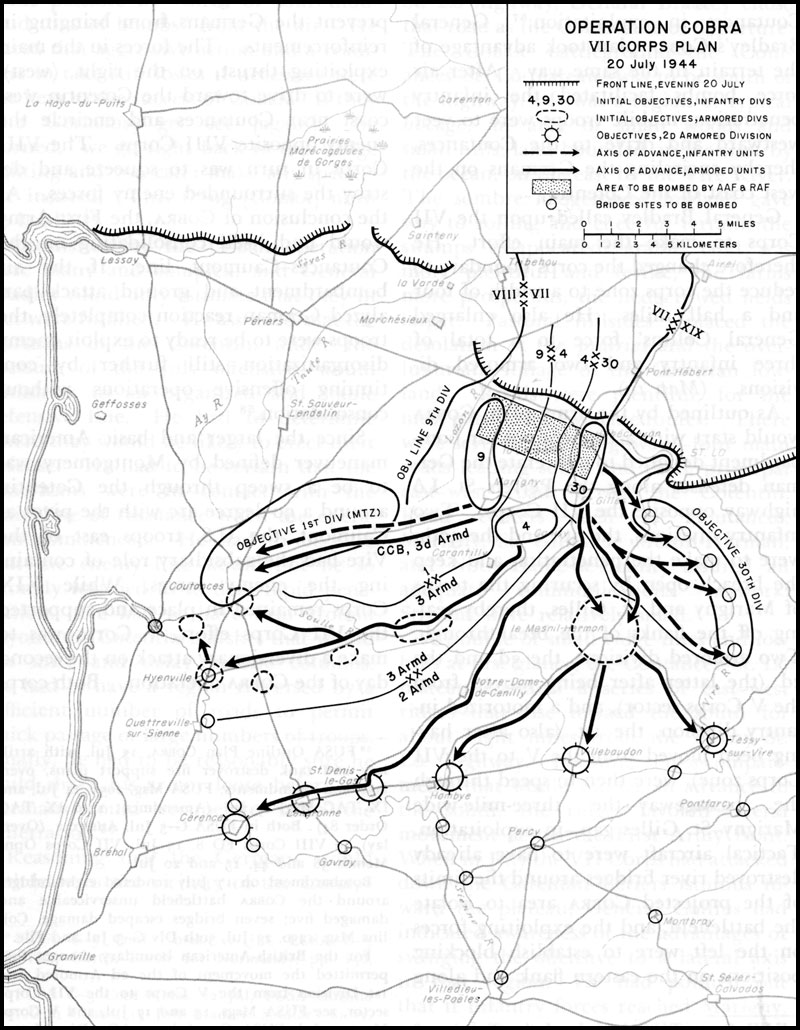
Memorial Day Weekend is a time to remember and honor all those who fought to defend our country and our freedom. We honor all, because we cannot possibly honor each. And thus the individual experiences, memories, and recollections grow dim and risk being forgotten.
This Memorial Day weekend, AetherCzar undertakes an effort to honor our veterans by recalling one veteran in particular – my grandfather, Paul Farnum. AetherCzar will turn back the clock sixty-six years to 1944 and follow my grandfather’s experiences day-by-day as he participates in the invasion of Normandy and the liberation of Europe.
Paul Farnum was drafted 5 June, 1942 and accepted into the Army the next week. He was in Co. C, First Battalion, 313th Infantry Regiment, 79th Infantry Division. He took basic training at Camp Picket, Virginia, and later Camp Blanding, Florida. Following two months of field maneuvers in Tennessee and three months of desert training at Camp Laguna near Yuma, Arizona, he underwent three months of winter training at Camp Phillips, Kansas. April 1944, the Division moved to Camp Miles Standish, Massachusetts for embarkation. His company disembarked 17 April 1944 at Liverpool, England. They were billeted in the vicinity of Cheshire, where they underwent training in amphibious operations and assault of fortified areas.
Much of the information in AetherCzar’s WWII Journal series will be taken from The Cross Of Lorraine, A Combat History Of The 79th Infantry Division (Divisional Series).
An additional source is The History of the 313th Infantry in World War II, by Colonel Sterling A. Wood, Colonel Edwin M. Van Bibber, Captian Thomas L. Lyons, Pfc. Robert G. Deihl for the 313th Infantry Association, Washington Journal Press, Copyright 1947 by Infantry Journal, Inc. 1st ed. March 1947.
about 4 p.m. No enemy opposition, however sounds of enemy shelling and
bombing in the distance. The units started inland along the main road
towards Sebeville. Along the road were signs “Achtung! Minen!” When the
313th regiment and 79th Division landed they became a part of US VII Corps
which was then composed of the 4th, 9th, 90th, and 79th Infantry Divisions
and the 82 and 101st Airborne Divisions. On June 14 the front extended
inland from Quineville. Here was the first contact with French civilians,
while not hostile, neither were they friendly. The night was cold, the
troops were still wet from the landing, German planes flew over to strike at
the beaches and streams of ack-ack tracers moved into the sky against the
planes. The first bivouac was in the area where the 101st Airborne Division
had landed, and smashed gliders and planes dotted the obstacle-covered
fields. A few dead Germans, battered tanks and destroyed equipment was
evidence of earlier fighting.

